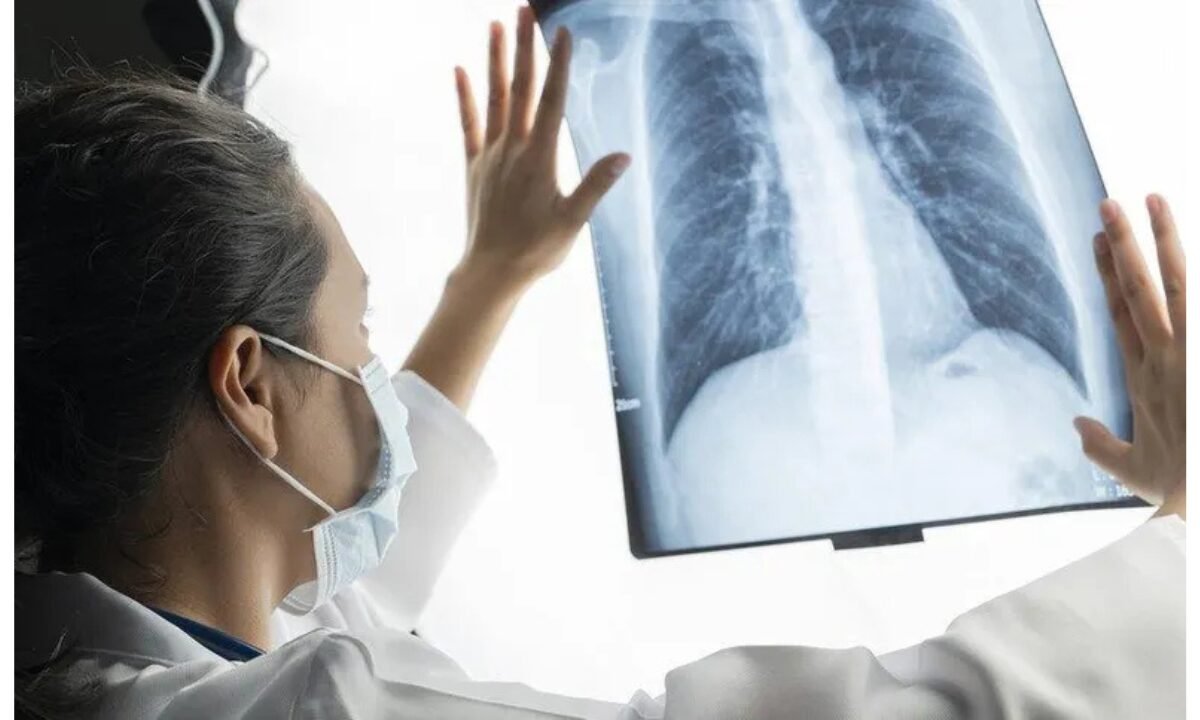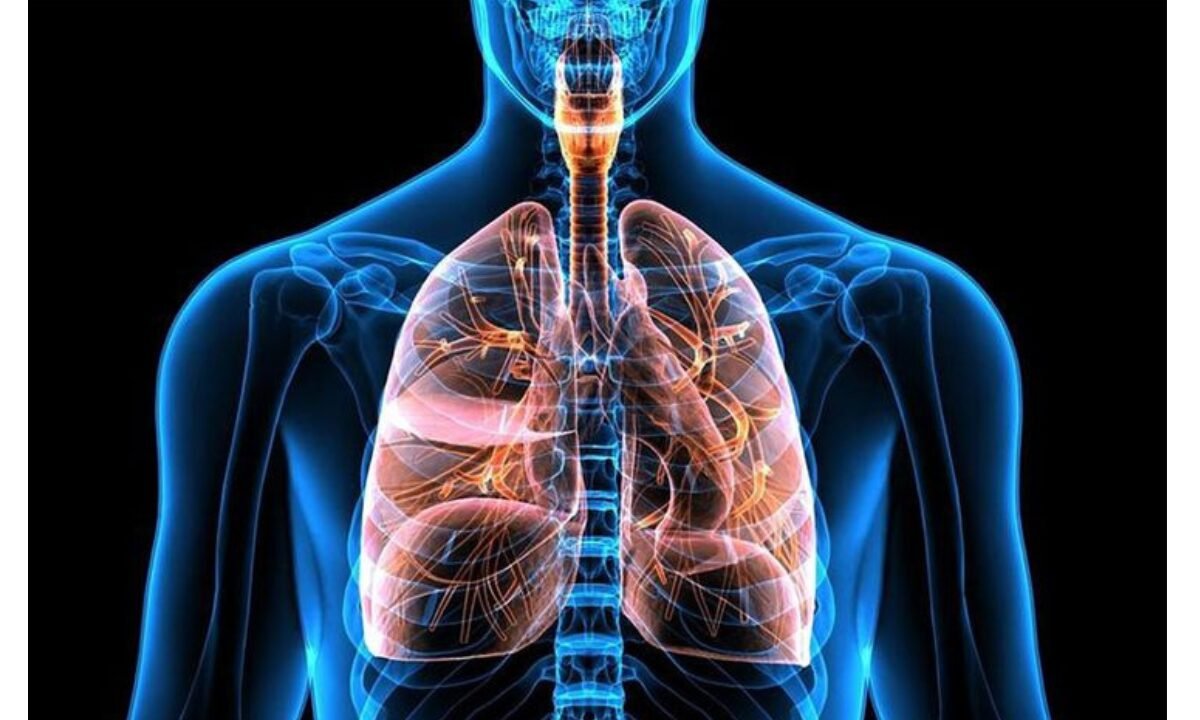The diagnostic use of X-ray technology has become a typical component in medical examinations of multiple health conditions. Medical images through X-rays give physicians the ability to diagnose problems with bones and internal organs so they can provide a proper medical diagnosis. X-ray examinations serve to identify a wide range of medical issues beyond bone fractures even though they remain associated with broken bone diagnosis. The following symptoms provide indications to help you decide if you should get an X-ray.
1. Persistent Shortness of Breath

Individuals experiencing ongoing shortness of breath must seek medical attention because this might indicate severe health issues. Both pulmonary conditions and serious lung problems including COPD could be detected when you experience these symptoms. The evaluation of respiratory problems frequently requires a chest x-ray for shortness of breath & for diagnosing potential obstructions or infections and examining lung structures because doctors use this method to determine the causes of shortness of breath.
The numerous clinics that provide services for X-ray in Bangalore services allow residents to obtain proper testing whenever they need it.
2. Chronic Cough
Medical evaluation is needed for a cough that persists for more than weeks and up to months. A continuous cough beyond eight weeks means your body may be dealing with lung damage or any severe condition including tuberculosis or lung cancer. A chest X-ray might become necessary to detect unseen respiratory system diseases because the lungs extensively impact both immune and respiratory functions.
A visit to a doctor with modern healthcare options allows you to obtain quick and efficient services for X-ray in Bangalore that diagnose your enduring cough.
3. Severe Chest Pain
All signs of chest pain require immediate medical attention. The cause of chest pain may begin in the heart but further examination reveals possible abnormalities of the lungs or ribs or diaphragm. Chest X-rays become essential for a person with chest pain to evaluate both pneumonia and rib fractures in addition to pleurisy (inflammation of the lung lining).
A combination of shortness of breath with chest pain typically requires medical staff to conduct a chest X-ray examination.
4. Injuries or Fractures
Accidents and sports-related accidents along with falls are the key reasons individuals require X-ray evaluations for their physical injuries. The specialized equipment of an X-ray machine enables doctors to visualize clearly any area that may demonstrate fractures as well as sprains or bone dislocations.
The diagnostic X-ray image shows doctors if patients require surgical intervention or need rest with rehabilitation. People in Bangalore should urgently seek X-ray procedures if they have suffered an injury because it promotes accurate medical treatment.
5. Swelling or Unexplained Pain
New swelling that seems to appear without reason in any body part should prompt you to consider a problem with bones or soft tissues beneath the skin. Unidentified persistent pain could point towards a dangerous medical condition like infection or tumor in bones.
Doctors can detect tumors or cysts as well as eliminate severe conditions of the affected area through X-ray imaging. Seek medical help from a healthcare provider as soon as you notice any unexplained swelling together with pain.
6. Difficulty Breathing or Wheezing
When wheezing along with breathing troubles appears, physicians need to think about asthma, bronchitis or persistent lung infections. The diagnostic tool of a chest x-ray serves as essential examination for shortness of breath cases to monitor lung capacity and detect lung obstructions along with examining for fluid accumulation.
People living in Bangalore can discover a straightforward and efficient process to obtain X-ray services in the city because of its streamlined medical infrastructure.
7. Head or Skull Injury
A medical check-up is required if you experience dizziness alongside blurred vision and persistent headaches after sustaining a head injury. Medical tests are needed to diagnose a brain injury and skull fracture or internal bleeding. Doctors can use cranial X-rays to check the skull bones for fractures together with detecting any anomalies present.
X-rays remain essential in determining further investigation because they provide diagnostic information although they do not offer the same level of image detail as CT scans.
8. Joint Stiffness or Pain
Drastically persistent joint stiffness or discomfort requires medical attention because it might be due to arthritis a fracture or degenerative joint disease. The structural analysis of bones together with joints through X-ray imaging allows doctors to detect both abnormalities and inflammation as well as physical damage within these skeletal components.
Joint pain patients in Bangalore can receive a quick diagnosis through X-ray in Bangalore services to determine their medical condition precisely.
9. Unexplained Fevers that Won’t Subside
Failure to treat fever with normal methods could indicate the existence of an infection or disease condition. Inspection image tests are necessary to detect infectious causes within lung and bone areas along with other locations where infections might be hiding. For instance, a chest x-ray for shortness of breath could also reveal if fever-related symptoms stem from pneumonia or tuberculosis.
Combining blood work and imaging helps doctors rule out potential causes more effectively. For prolonged fever accompanied by other symptoms, consider consulting a healthcare specialist immediately.
10. Symptoms of Tumors or Cancer
Few of the most critical situations warrant X-ray examinations when you display signs of tumors or cancer development. Doctors should examine medical causes when patients develop unexplained skin growths and unexplained weight change combined with intense fatigue. The initial medical procedure for identifying tissue deformities begins with X-ray diagnosis of both bones and lungs and other body organs. Healthcare facilities in Bangalore deliver premium-quality diagnostic services that enable residents to easily receive early-detection X-ray procedures.
Why X-rays Are Critical for Diagnosis
The internal body examination of structures is possible through painless X-ray procedures that operate quickly without requiring invasive approaches to the body. These medical tools allow physicians to detect various illnesses particularly the diseases which affect bones or the respiratory system diseases. Whether it’s a chest x-ray for shortness of breath, bone injuries, or unusual swelling, the results guide doctors toward the right treatment plan.
When Should You See a Doctor?
While these symptoms are strong indicators of when to get an X-ray, consult a healthcare provider if you’re unsure. Putting off imaging procedures results in increased difficulty during treatment at a later stage. The accessibility of X-ray facilities in Bangalore ensures patients can quickly obtain an X-ray diagnosis thus professionals recommend they avoid delays in getting medical care.
Summarizing
Persistent breathing problems along with shortness of breath merit a chest x-ray for shortness of breath evaluation to eliminate the possibility of pneumonia or lung diseases.
- The diagnosis of X-ray imaging should be considered when you present with symptoms such as chronic cough, chest pain or injuries.
- X-ray imaging shows the potential to detect serious medical problems when patients experience tumors combined with fractures and infections along with fever-related swelling.
- Patients can obtain reliable X-ray services at a quick pace from contemporary healthcare settings in Bangalore.
Seeking early diagnosis is crucial for treating conditions effectively because you should never delay examining symptoms which might signal more serious health issues. Always prioritize your health!
Koshikaa Screening centre delivers superior service for x-ray in Bangalore through their advanced imaging equipment that produces accurate outcomes for patients.

